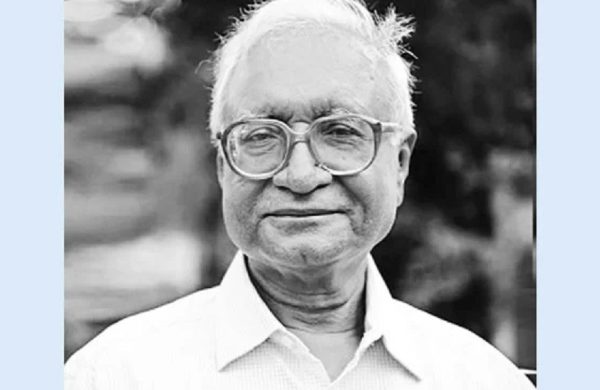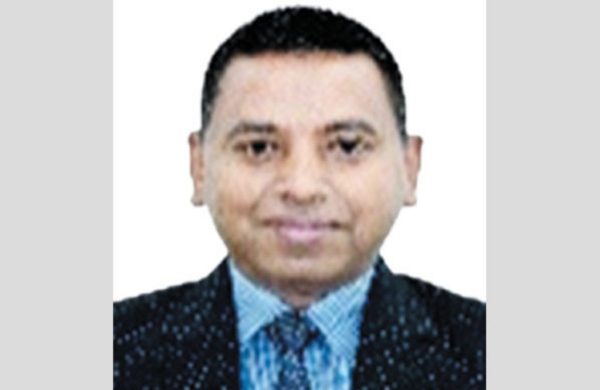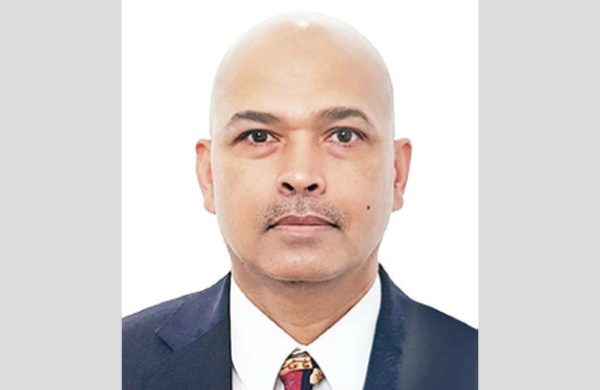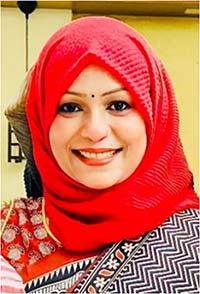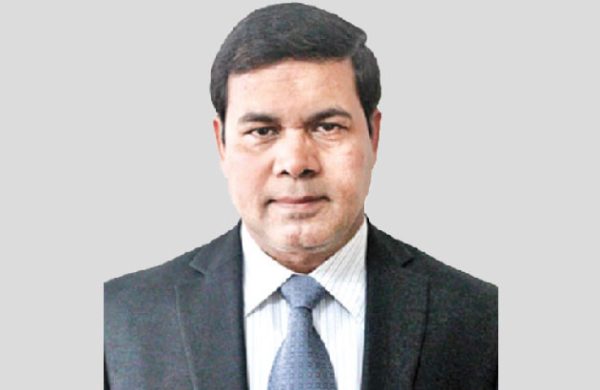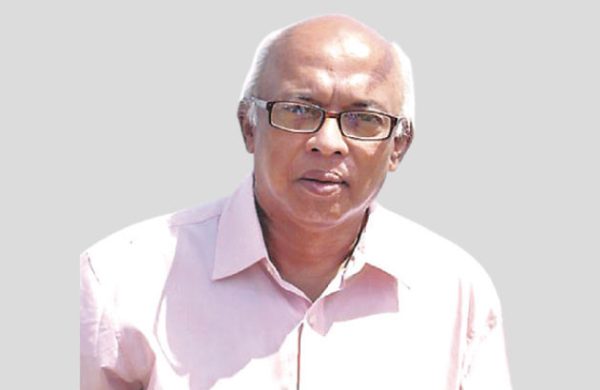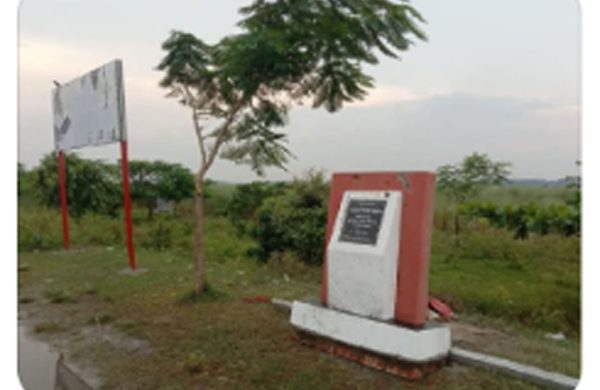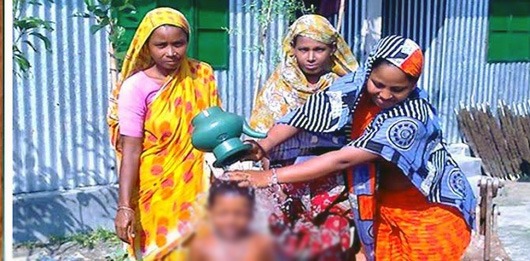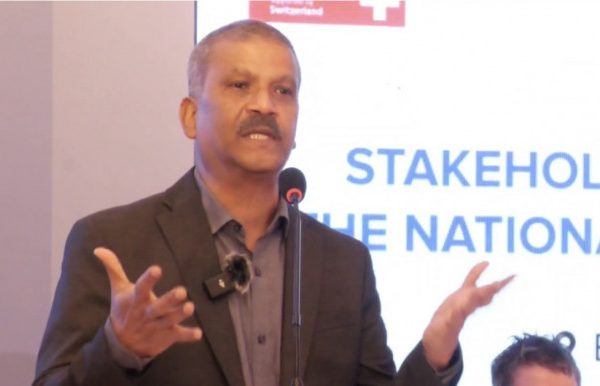We must adopt climate-smart urea management
- Update Time : Thursday, April 3, 2025

—Dr Mohammad Kamruzzaman Milon—
Bangladesh is one of the world’s largest rice-producing countries, where rice is not just a staple food but also the backbone of the agricultural economy. Farmers across the country rely heavily on urea fertiliser, with approximately 2.7 million tonnes applied annually to boost productivity. However, conventional fertilisation methods, particularly surface broadcasting, have long been inefficient. A significant portion—65 to 70 percent—of the applied nitrogen is lost due to volatilisation, leaching, and runoff, which limits its effectiveness in supporting plant growth.
The economic consequences of this loss are staggering. With urea priced at $359.33 per tonne, Bangladesh spends about Tk 10,000 crore ($776 million) annually on fertiliser for rice cultivation. Since up to 70 percent of this fertiliser is wasted, the country incurs a financial loss of approximately Tk 6,500-7,000 crore every year. This waste not only increases production costs for farmers but also puts immense strain on government subsidies.
Moreover, nitrogen runoff from excessive urea application contributes to water pollution and eutrophication, a process that disrupts aquatic ecosystems by reducing oxygen levels in water bodies. Additionally, urea application releases nitrous oxide (N2O), a greenhouse gas 300 times more potent than carbon dioxide, further exacerbating climate change. As Bangladesh grapples with food security challenges and environmental degradation, it is crucial to adopt efficient, climate-smart agricultural practices to ensure long-term sustainability.
A CLIMATE-SMART SOLUTION
In response to these challenges, the Bangladesh Rice Research Institute (BRRI) has developed the BRRI Prilled Urea Applicator, a device that optimises urea use through urea deep placement (UDP). Unlike conventional surface broadcasting, UDP involves placing urea 7 to 10 centimetres below the soil surface, ensuring that more nitrogen is available for plant uptake while minimising losses.
Field trials in Gazipur, Rajbari, and Madaripur, during the 2024 T-Aman cultivation season, confirmed the applicator’s effectiveness. Farmers who used the device reduced their urea use by 30 percent, leading to significant cost savings. This reduction meant that farmers who previously applied 24 kilogrammes of urea per bigha could now achieve the same or better results with just 16 kilogrammes per bigha, cutting down unnecessary expenses.
At a national level, if Bangladesh reduces urea use by 30 percent, this translates to an annual savings of Tk 3,000 crore, a financial relief that benefits both individual farmers and the government. These trials also revealed a six to 10 percent increase in rice yields, showing that better nitrogen management leads to higher productivity. Farmers not only spend less on fertiliser but also gain higher returns from their crops, strengthening their financial security.
ECONOMIC AND ENVIRONMENTAL BENEFITS
The BRRI Prilled Urea Applicator significantly lowers production costs by reducing fertiliser use without sacrificing yield. This makes rice farming more profitable and sustainable, particularly for smallholder farmers who struggle with high production costs.
Moreover, the BRRI Prilled Urea Applicator minimises nitrogen losses, ensuring that less urea escapes into the atmosphere and surrounding ecosystems including rivers and lakes. The field trials showed a 12 to 13 percent reduction in methane emissions and a 21 to 25 percent decrease in nitrous oxide emissions, making rice farming more environmentally responsible.
Adopting the BRRI Prilled Urea Applicator on a large scale aligns perfectly with Bangladesh’s commitment to reducing its agricultural carbon footprint under the National Adaptation Plan (NAP) 2023-2050. It will also help Bangladesh transition to a more climate-resilient agricultural system by reducing greenhouse gas emissions and improving fertiliser efficiency.
OVERCOMING CHALLENGES TO WIDER ADOPTION
Despite its clear benefits, scaling up the adoption of the BRRI Prilled Urea Applicator has been a challenge. Many farmers are unfamiliar with UDP and may hesitate to switch from their traditional fertilisation methods. Without proper understanding, they might view the transition as unnecessary or difficult.
To address this, agricultural extension services must play a more active role in educating farmers. Training programmes, field demonstrations, and farmer cooperatives can help build confidence in using the BRRI Prilled Urea Applicator. The Department of Agricultural Extension (DAE), NGOs, and private sector stakeholders must collaborate to ensure that farmers receive hands-on training and ongoing support to integrate this technology into their farming practices.
Another challenge is the initial cost of purchasing the applicator. Although the device ultimately saves farmers money by reducing fertiliser expenses, the initial investment may seem unaffordable to some smallholder farmers. This problem can be mitigated through government subsidies, microcredit financing, and public-private partnerships that make the technology affordable and widely available. Investing in local production and distribution will also help drive down costs, making the device more accessible to farmers across the country.
Additionally, efforts should be made to expand domestic manufacturing capacity to meet the growing demand for this technology. The government can encourage local businesses to scale up production, ensuring that supply chains remain stable and farmers in all regions—especially those in climate-vulnerable areas—can have access to the applicator without delays or price hikes.
With climate change accelerating and food security challenges mounting, Bangladesh cannot afford to continue with inefficient nitrogen management. The BRRI Prilled Urea Applicator offers a low-cost, high-impact solution that can transform rice farming by reducing fertiliser waste, cutting costs, and increasing yields. Policymakers must integrate the technology into national agricultural programmes and ensure that farmers have the knowledge and financial support needed to transition to UDP, which will ultimately contribute to Bangladesh’s broader climate and sustainability goals.
———————————————-
Dr Mohammad Kamruzzaman Milon is senior scientist and agri-climate expert at the Bangladesh Rice Research Institute (BRRI). He can be reached at [email protected].


